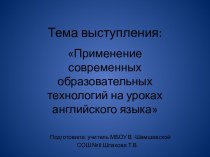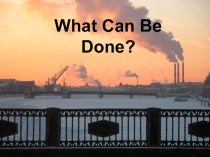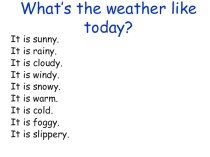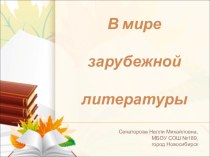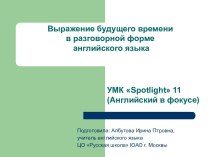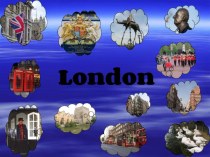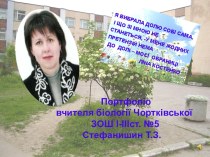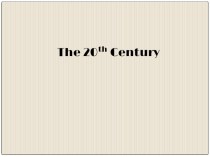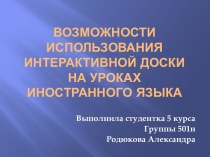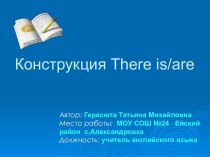- Главная
- Разное
- Бизнес и предпринимательство
- Образование
- Развлечения
- Государство
- Спорт
- Графика
- Культурология
- Еда и кулинария
- Лингвистика
- Религиоведение
- Черчение
- Физкультура
- ИЗО
- Психология
- Социология
- Английский язык
- Астрономия
- Алгебра
- Биология
- География
- Геометрия
- Детские презентации
- Информатика
- История
- Литература
- Маркетинг
- Математика
- Медицина
- Менеджмент
- Музыка
- МХК
- Немецкий язык
- ОБЖ
- Обществознание
- Окружающий мир
- Педагогика
- Русский язык
- Технология
- Физика
- Философия
- Химия
- Шаблоны, картинки для презентаций
- Экология
- Экономика
- Юриспруденция
Что такое findslide.org?
FindSlide.org - это сайт презентаций, докладов, шаблонов в формате PowerPoint.
Обратная связь
Email: Нажмите что бы посмотреть
Презентация на тему урока английского языка Parliamentary Democracy, How Does It Work?10 класс.Часть-2.
Содержание
- 3. The House of Lords, 1808-1811The House of
- 4. An important vote: the House of Lords
- 5. Governments in recent years have used the
- 6. Lord Chancellor, the presiding officer (Speaker) of
- 7. In May 2006, the position of Speaker
- 8. Baroness Helene Valerie Hayman, Lord Speaker of
- 9. Baronesse Helen Hayman (left) with Russian First
- 10. Members of the Lords play a vital
- 11. The House of Lords LibraryBringing years of
- 12. Big Ben and The House Of CommonsIn
- 13. The House Of Commons ChamberThe House of
- 14. Electoral Map of BritainThe UK is split
- 15. The House of Commons at the beginning
- 16. The Speaker presides over debates in the
- 17. The main functions of the House are:
- 18. House of Commons Chamber: Speaker's tableThe Speaker
- 19. House of Commons speaker, 1955The holder of
- 20. The former Britain's Speaker of the House
- 21. John Bercow current Speaker of the House
- 22. John Bercow - current Speaker of the
- 23. The Mace in the House of Commons
- 24. Paul Rainer, Oliver Cromwell in the
- 25. The Sergeant at Arms, Jill Pay, places
- 26. Without the mace in position, the House cannot sit and debate.
- 27. Each MP is a member of one
- 28. Скачать презентацию
- 29. Похожие презентации
The House of Lords, 1808-1811The House of Lords doesn’t have now as much power in the country, as it used to.


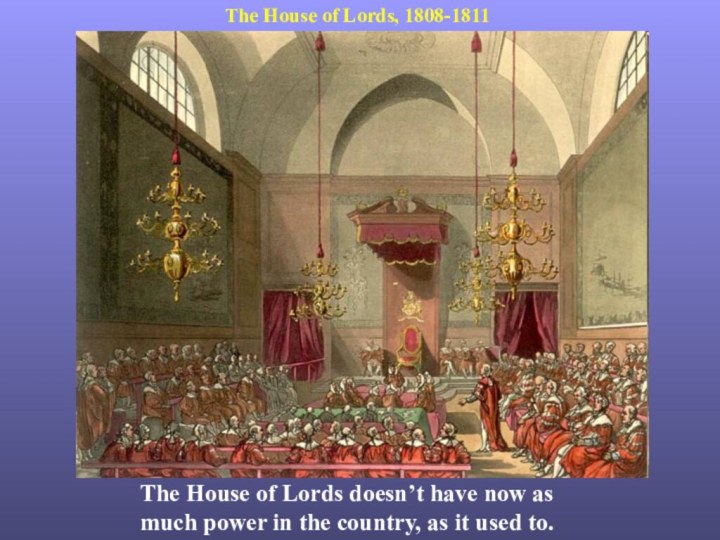










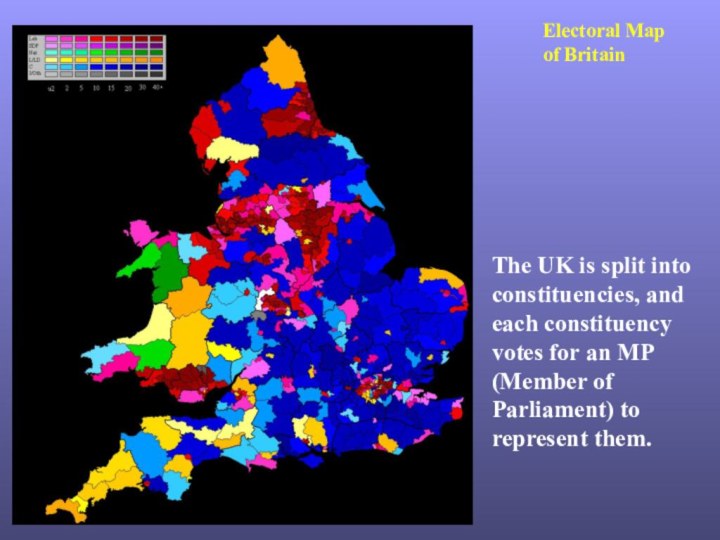






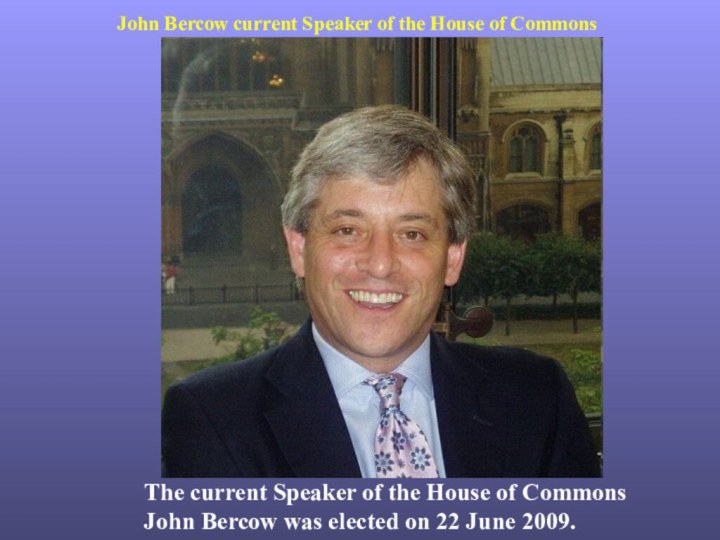


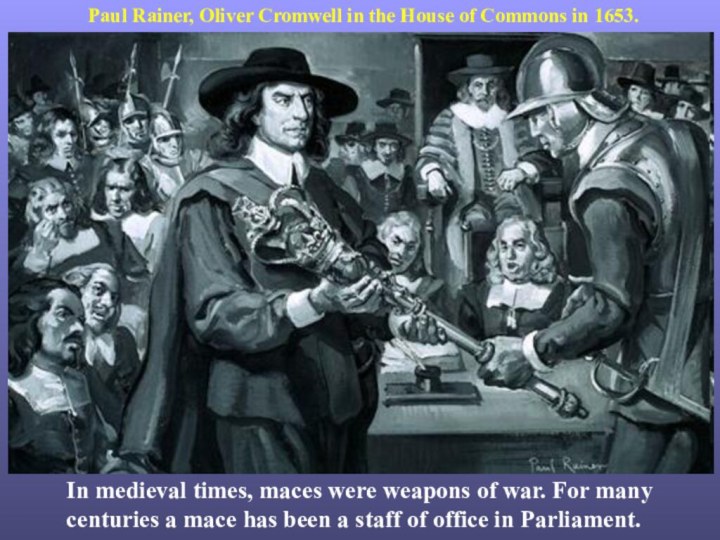



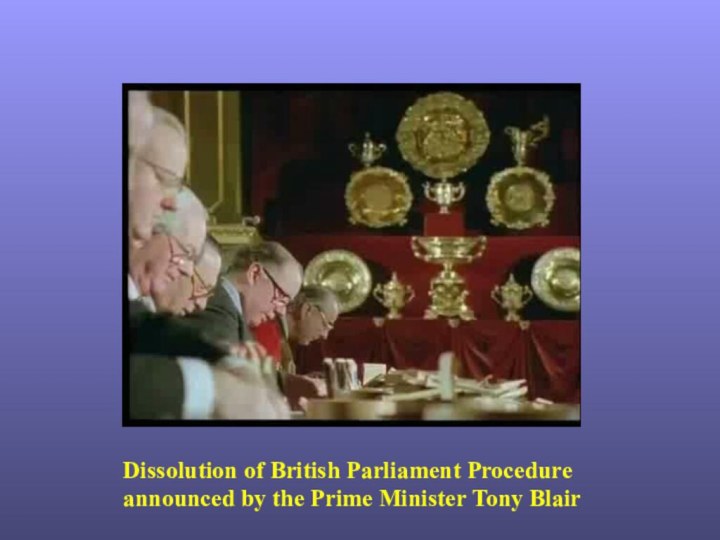
Слайд 4 An important vote: the House of Lords voting
for the Parliament Act, 1911.
Under the Parliament Act 1911,
the Lords' power to reject most legislative bills was reduced to a delaying power. Слайд 5 Governments in recent years have used the Upper
House as a variant of the Select Committee process
to finalize legislation before presentation for Royal Assent.Слайд 6 Lord Chancellor, the presiding officer (Speaker) of the
House of Lords. (19th century)
For several centuries Lord
Chancellor used to be the presiding officer (Speaker) of the House of Lords.Слайд 7 In May 2006, the position of Speaker in
the House of Lords was separated from the office
of Lord Chancellor as part of the reforms under the Constitutional Reform Act 2005.Слайд 8 Baroness Helene Valerie Hayman, Lord Speaker of the
House of Lords in Parliament of the United Kingdom.
Baroness Helene Valerie Hayman was one of nine candidates for the new role of Lord Speaker. In July 2006 she became the first ever Lord Speaker. The Lord Speaker is to resign party membership and outside interests to concentrate on being an impartial presiding officer.
Слайд 9 Baronesse Helen Hayman (left) with Russian First Lady
Svetlana Medvedeva (right) in London, April 1, 2009
The Lord
Speaker and other Members of the Lords represent the House of Lords at a range of events, sharing their expertise to broaden understanding about the House.Слайд 10 Members of the Lords play a vital role
in keeping an eye on the decisions and actions
of the Government.
Слайд 11
The House of Lords Library
Bringing years of knowledge,
they apply an experienced perspective to examining legislation and
public policy.
Слайд 12
Big Ben and The House Of Commons
In the
left wing of the building, closer to Big Ben
the House of Commons meets.
Слайд 13
The House Of Commons Chamber
The House of Commons,
the lower Chamber of Parliament, is a democratically elected
body, consisting of 650 Members of Parliament (MPs), who are elected.
Слайд 14
Electoral Map of Britain
The UK is split into
constituencies, and each constituency votes for an MP (Member
of Parliament) to represent them.Слайд 15 The House of Commons at the beginning of
the 19th century
The full, formal style and title of
the House of Commons is The Honourable the Commons of the United Kingdom of Great Britain and Northern Ireland in Parliament assembled.Слайд 16 The Speaker presides over debates in the British
House of Commons, 1834
The House of Commons was originally
far less powerful than the House of Lords, but today its legislative powers greatly exceed those of the Lords. Слайд 17 The main functions of the House are: to
originate laws; to provide (by voting) taxation; to scrutinize
government policy and administration; to debate the major issues of the day.
Слайд 18
House of Commons Chamber: Speaker's table
The Speaker of
the House of Commons is the chief officer and
highest authority of the House of Commons.
Слайд 19
House of Commons speaker, 1955
The holder of this
office is an MP who has been elected to
be Speaker by other Members of Parliament.Слайд 20 The former Britain's Speaker of the House of
Commons, Michael Martin, speaking to the House of Commons
The
Speaker chairs debates in the Commons chamber. During debates he keeps order and calls MPs to speak. He must remain politically impartial at all times.Слайд 21 John Bercow current Speaker of the House of
Commons
The current Speaker of the House of Commons
John Bercow was elected on 22 June 2009. Слайд 22 John Bercow - current Speaker of the House
of Commons
He was returned as a MP in
the 2010 general election and was re-elected as Speaker when the House sat at the start of the new Parliament on May 18, 2010.Слайд 23 The Mace in the House of Commons has
become the symbol of privileges and authority of the
House.Слайд 24 Paul Rainer, Oliver Cromwell in the House
of Commons in 1653.
In medieval times, maces were weapons
of war. For many centuries a mace has been a staff of office in Parliament. Слайд 25 The Sergeant at Arms, Jill Pay, places the
mace on the Table to signal that the House
is sitting. May 18, 2010The mace is carried in and out of the Commons and Lords Chambers in a procession by the Serjeant at Arms at the beginning and end of each day.




